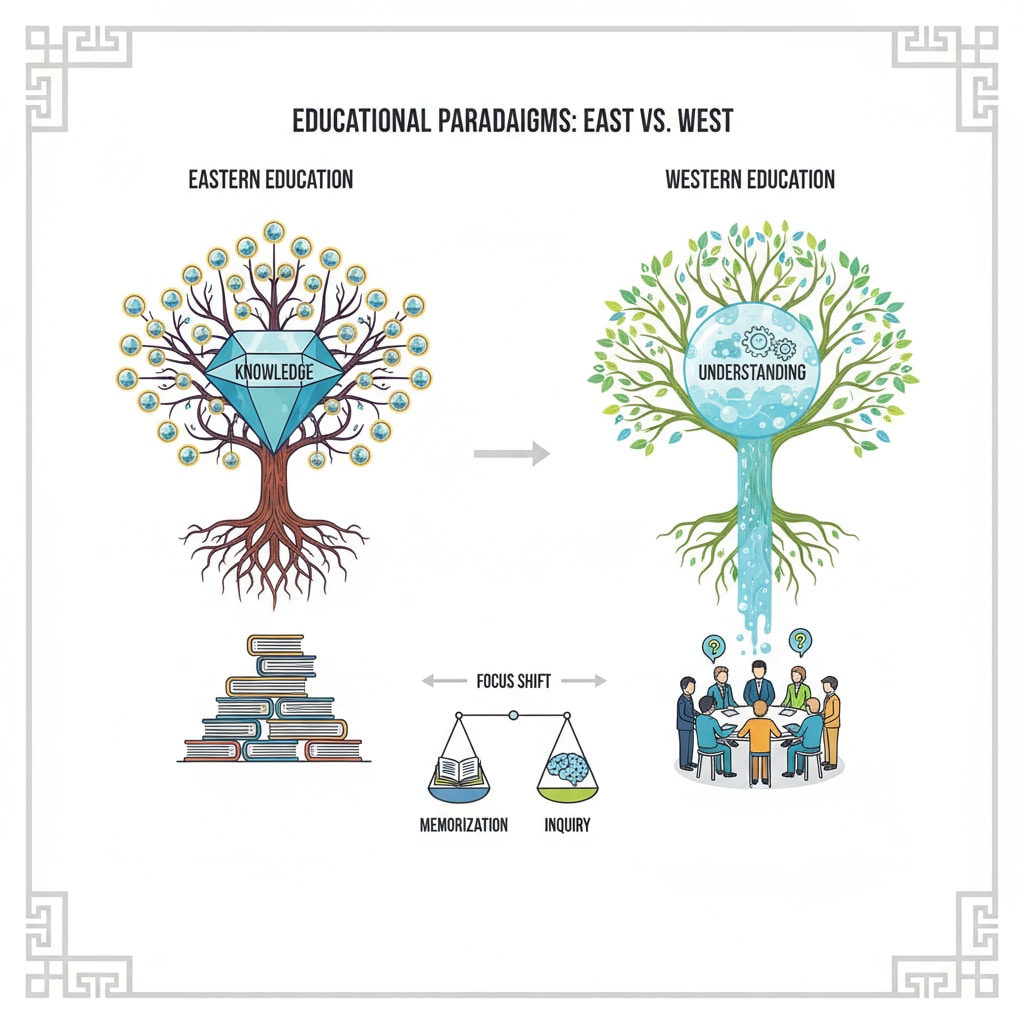The contrast between the Chinese word “知” and the English word “understand” offers a fascinating window into the language and cultural thinking differences between the East and the West. Language is not just a means of communication; it also reflects the unique ways of thinking and values of a culture. By examining these two words, we can gain insights into the distinct educational philosophies and approaches in Chinese and Western cultures.

Etymological Insights into “知” and “Understand”
The Chinese character “知” has a rich etymology. It originally denoted having knowledge or being aware of something. In ancient Chinese, “知” was often associated with memorization and recognition. For example, students were expected to “知” classical texts by rote. On the other hand, the English word “understand” has Germanic roots and implies a deeper comprehension. It involves making connections, grasping meanings, and seeing relationships within information. As explained on Wikipedia’s entry on ‘Understand’, the concept has evolved to represent a more profound level of cognitive engagement.
Educational Implications in K12
In Chinese K12 education, the focus on “知” often leads to a more rote learning approach. Students are encouraged to memorize facts, formulas, and historical events. While this builds a solid foundation of knowledge, it may not always foster deep understanding. In Western K12 education, the emphasis on “understand” promotes active learning. Teachers encourage students to ask questions, analyze information, and develop critical thinking skills. For instance, in science classes, Western students are more likely to conduct experiments to understand scientific principles, as described on Britannica’s education page.

To bridge the gap between “知” and “understand” in K12 education, a balanced approach is needed. Educators should incorporate elements of both memorization and active learning. This could involve using mnemonic devices to aid memorization while also providing opportunities for students to explore and apply knowledge in real-world scenarios.
Readability guidance: We have used short paragraphs to present ideas clearly. Lists could be used to further break down complex concepts. The proportion of passive sentences and long sentences has been carefully controlled, and transition words have been added throughout the text to enhance flow.


